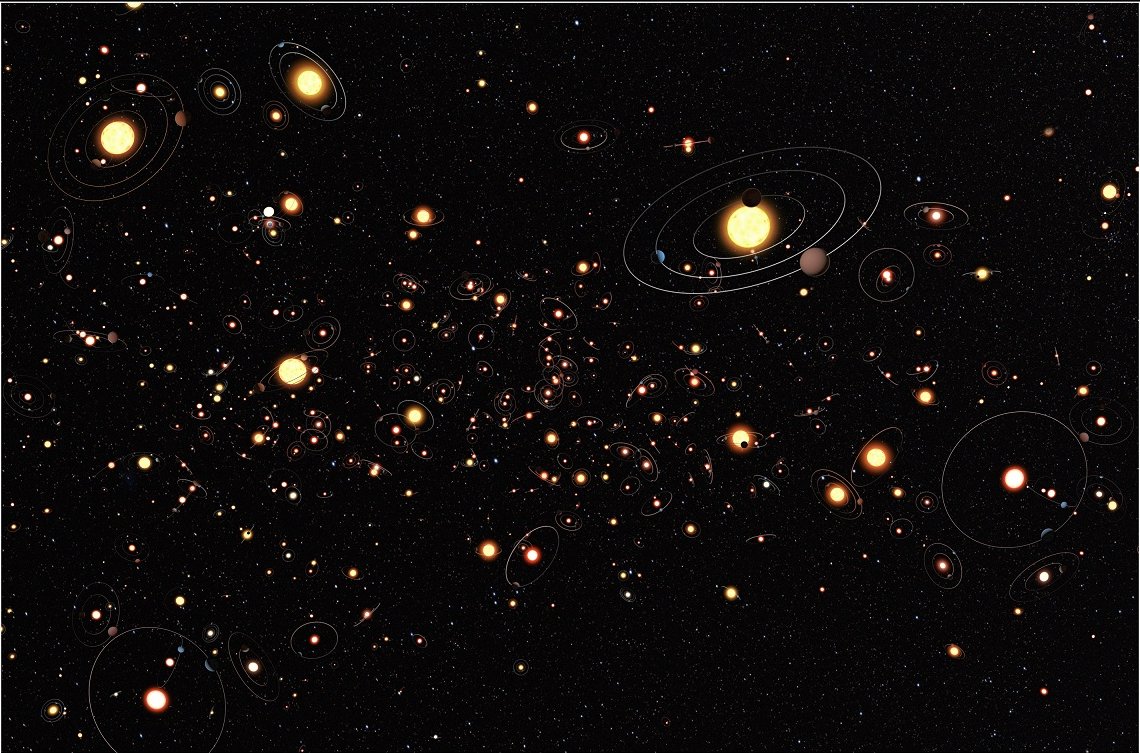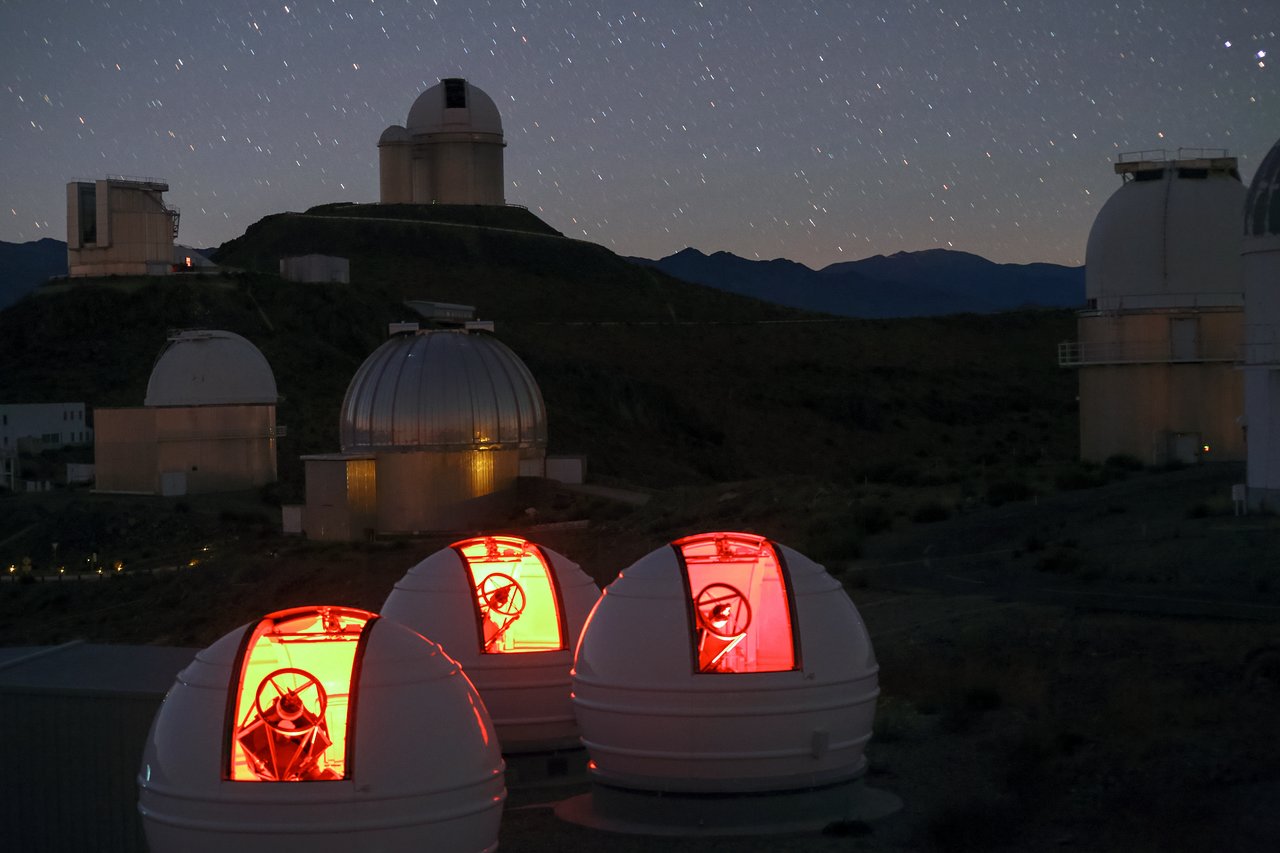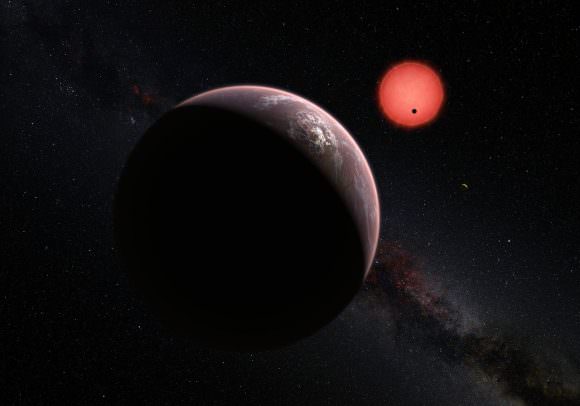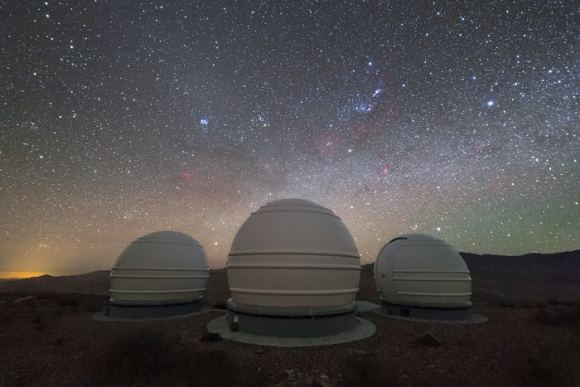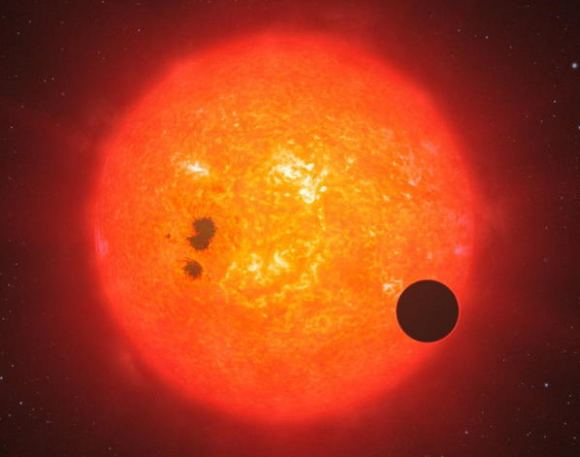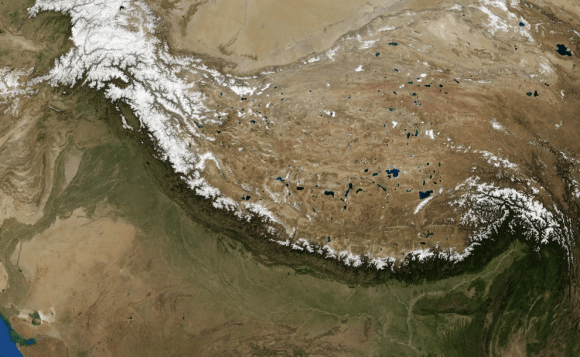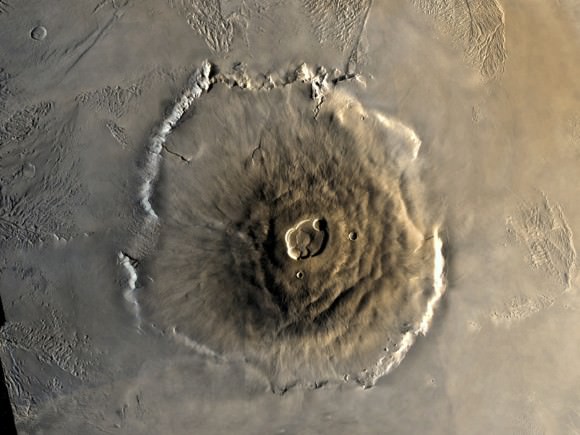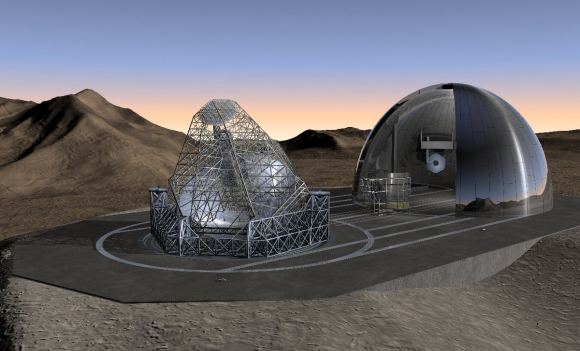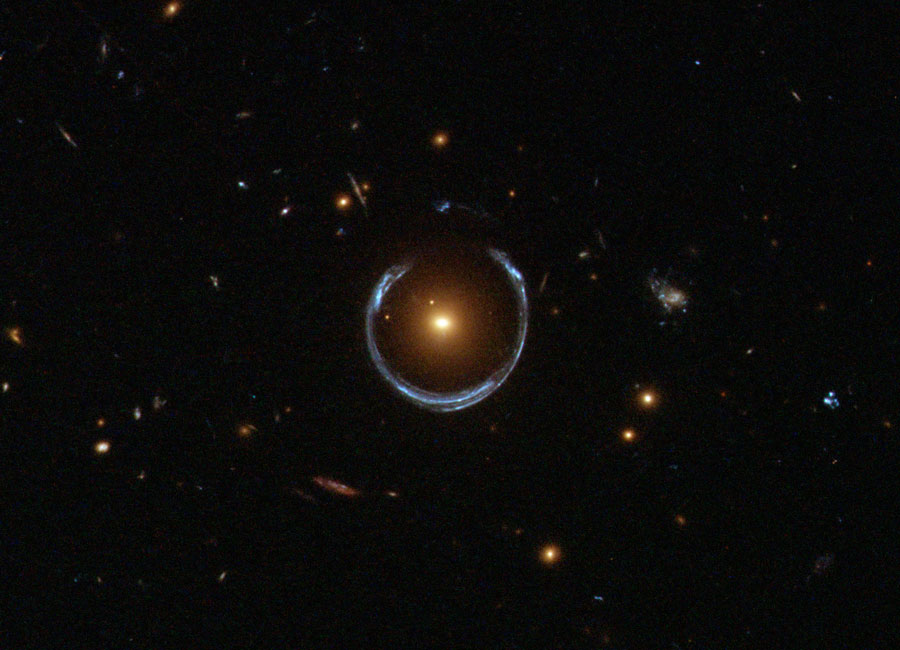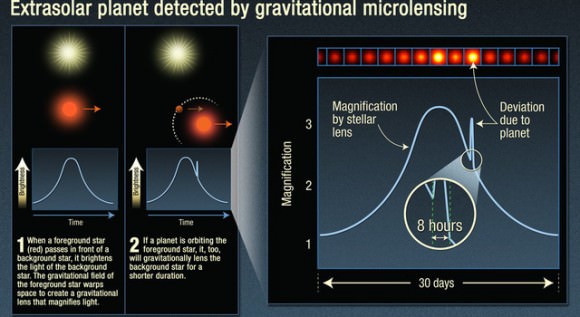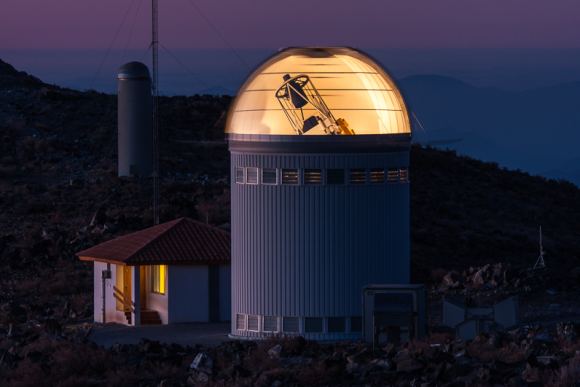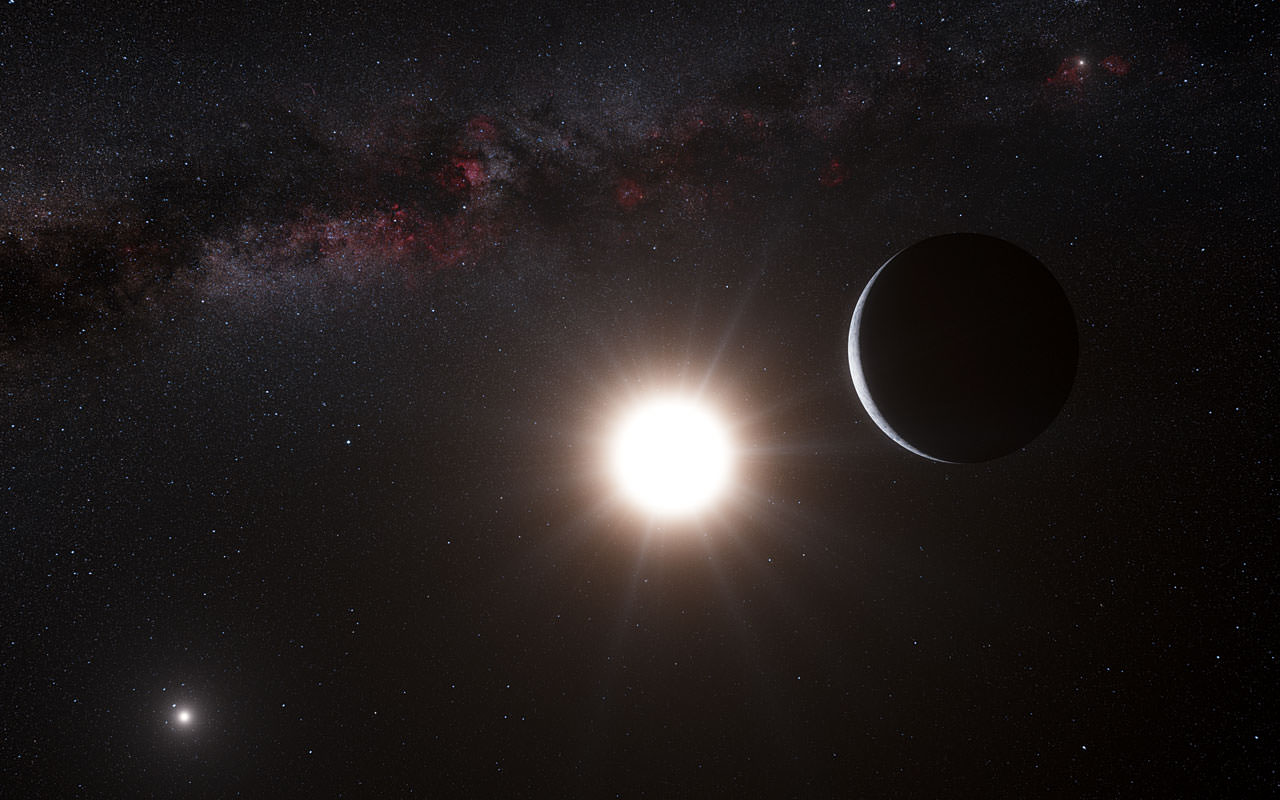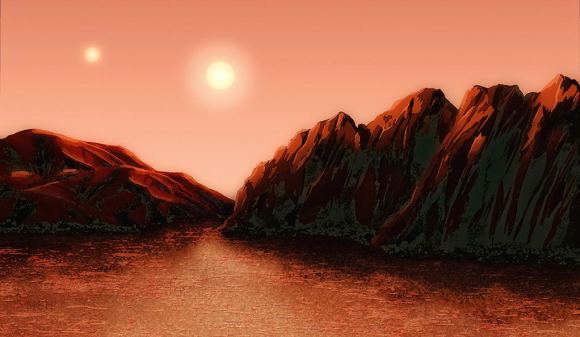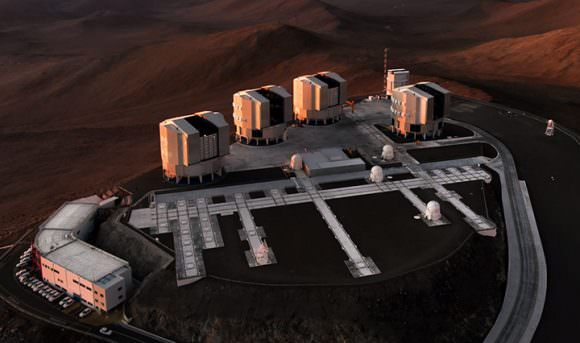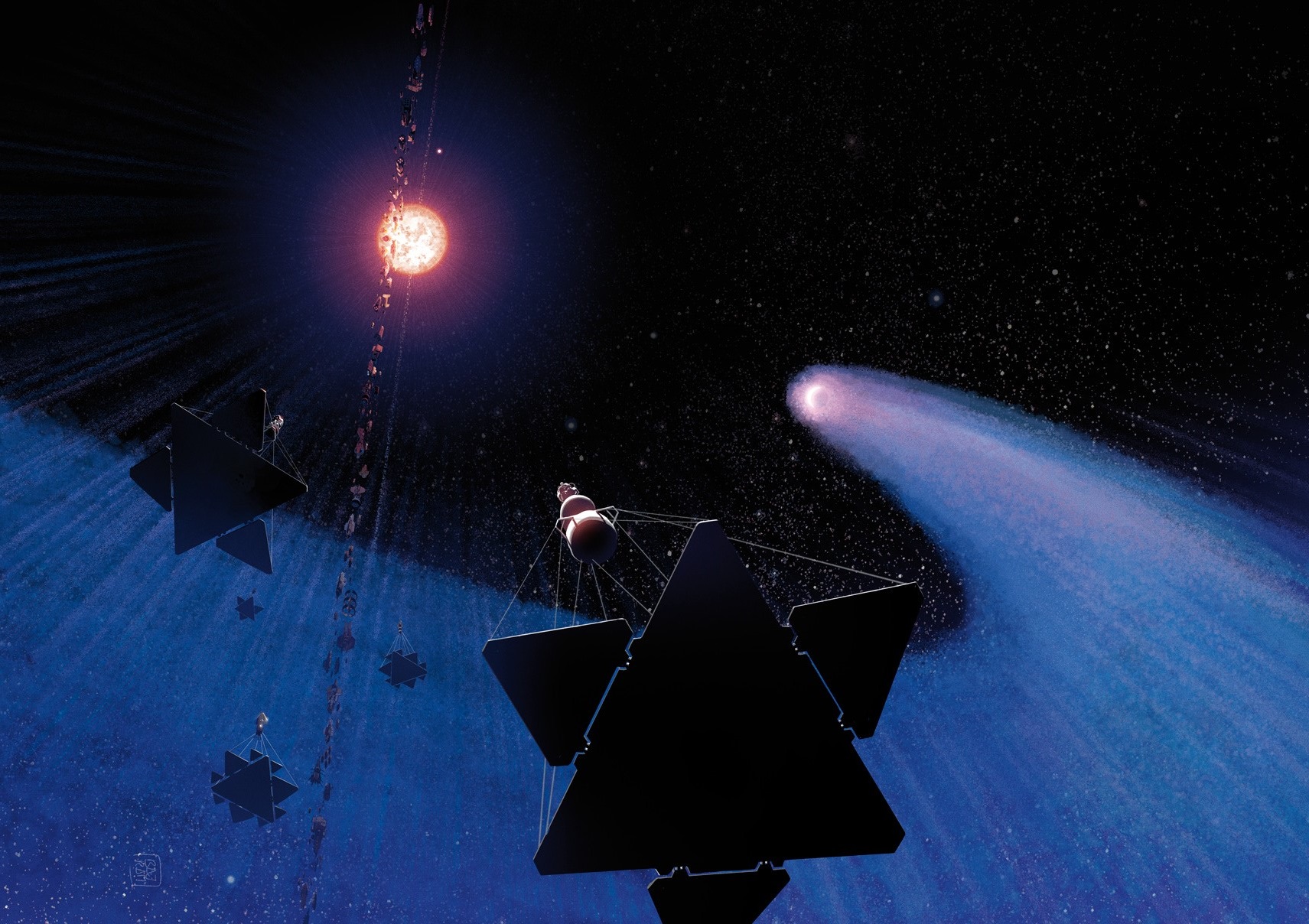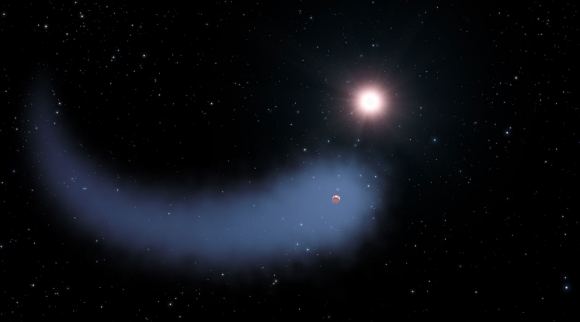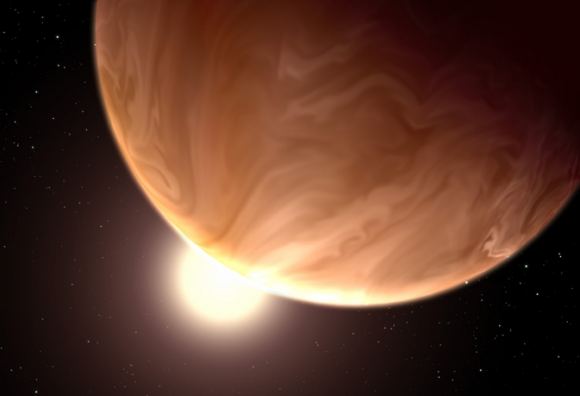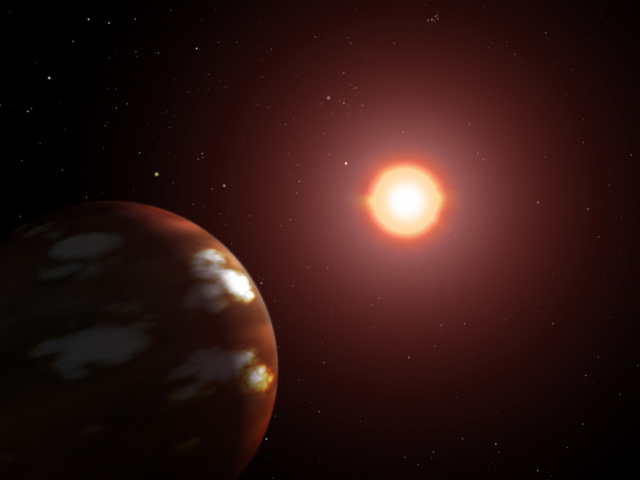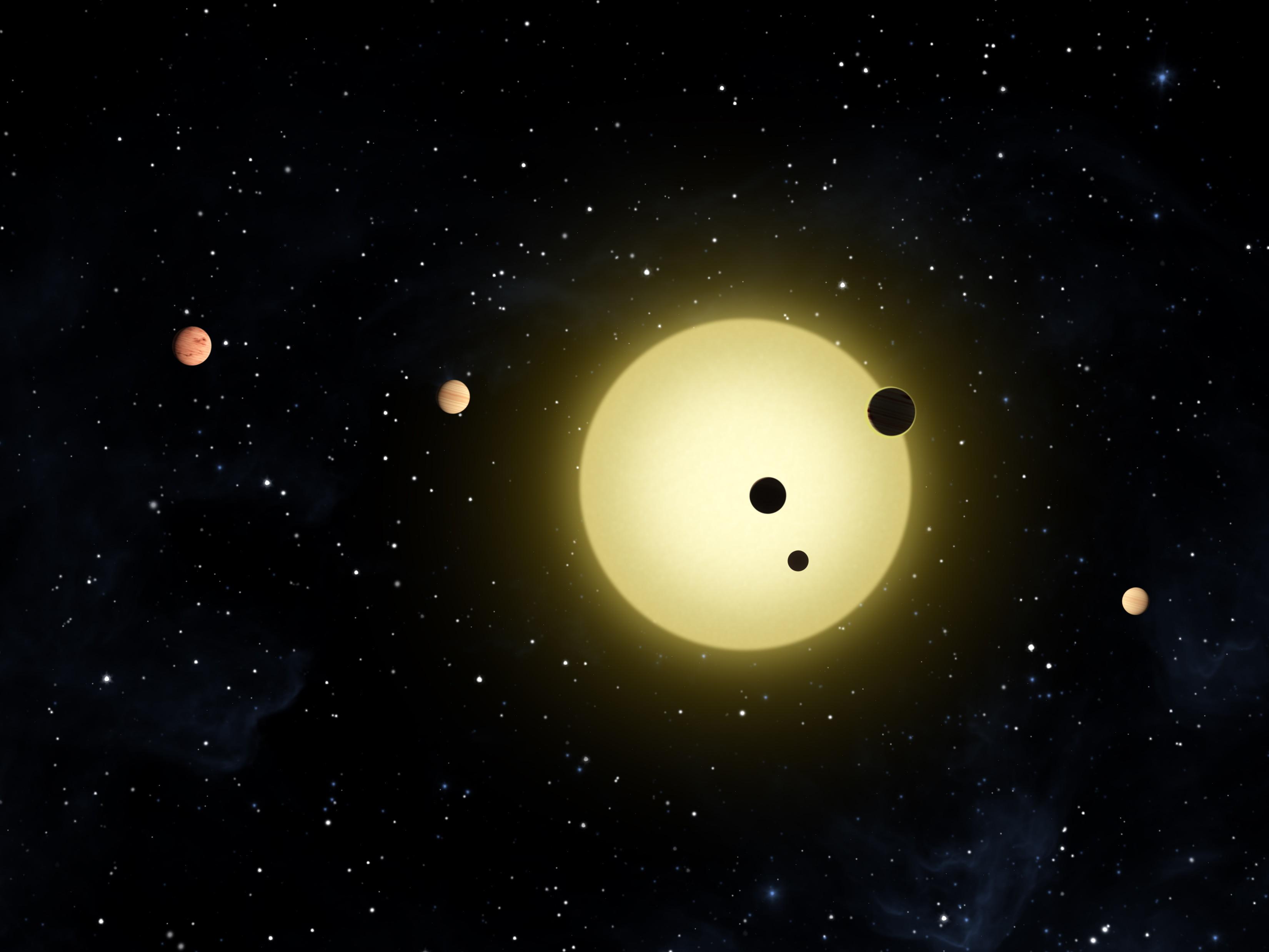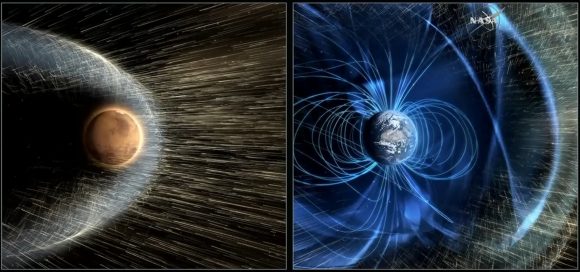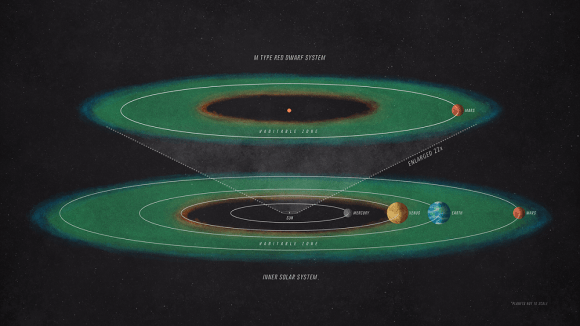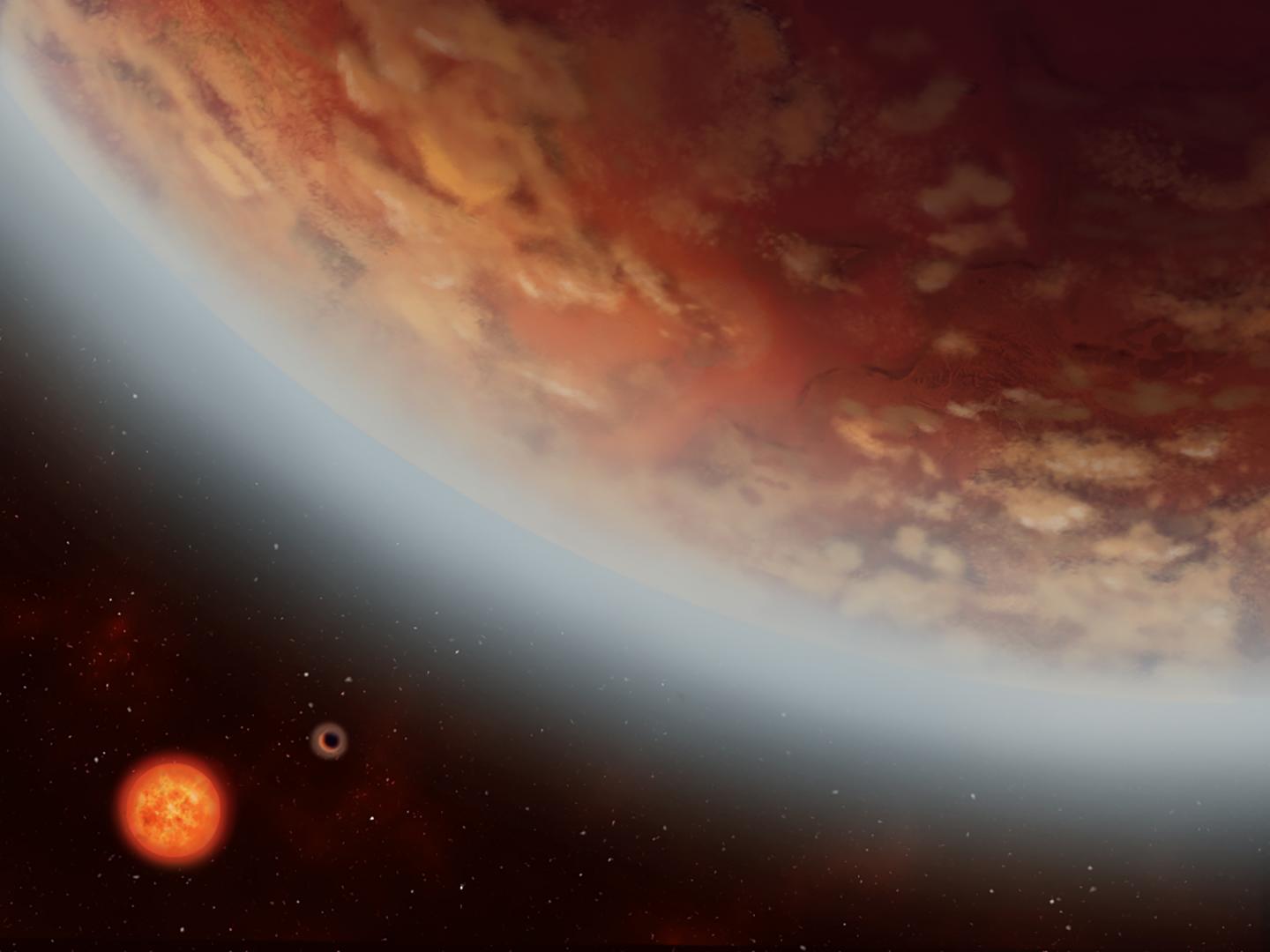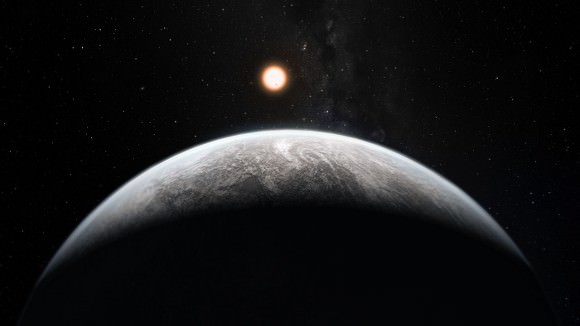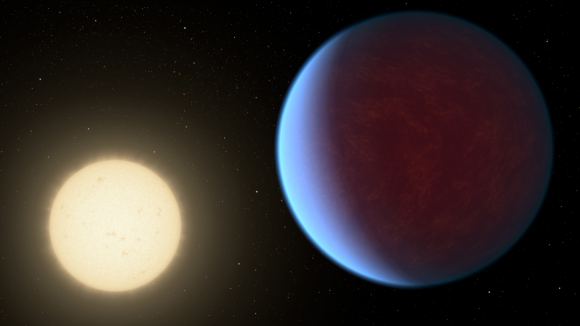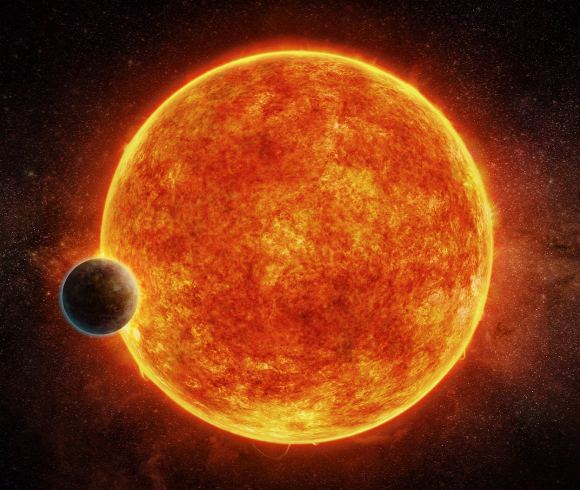The first confirmed discovery of a planet beyond our Solar System (aka. an Extrasolar Planet) was a groundbreaking event. And while the initial discoveries were made using only ground-based observatories, and were therefore few and far between, the study of exoplanets has grown considerably with the deployment of space-based telescopes like the Kepler space telescope.
As of February 1st, 2018, 3,728 planets have been confirmed in 2,794 systems, with 622 systems having more than one planet. But now, thanks to a new study by a team of astrophysicists from the University of Oklahoma, the first planets beyond our galaxy have been discovered! Using a technique predicting by Einstein’s Theory of General Relativity, this team found evidence of planets in a galaxy roughly 3.8 billion light years away.
The study which details their discovery, titled “Probing Planets in Extragalactic Galaxies Using Quasar Microlensing“, recently appeared in The Astrophysical Journal Letters. The study was conducted by Xinyu Dai and Eduardo Guerras, a postdoctoral researcher and professor from the Homer L. Dodge Department of Physics and Astronomy at the University of Oklahoma, respectively.
For the sake of their study, the pair used the Gravitational Microlensing technique, which relies on the gravitational force of distant objects to bend and focus light coming from a star. As a planet passes in front of the star relative to the observer (i.e. makes a transit), the light dips measurably, which can then be used to determine the presence of a planet.
In this respect, Gravitational Microlensing is a scaled-down version of Gravitational Lensing, where an intervening object (like a galaxy cluster) is used to focus light coming from a galaxy or other large object located beyond it. It also incorporates a key element of the highly-effective Transit Method, where stars are monitored for dips in brightness to indicate the presence of an exoplanet.
In addition to this method, which is the only one capable of detecting extra-solar planets at truly great distances (on the order of billions of light years), the team also used data from NASA’s Chandra X-ray Observatory to study a distant quasar known as RX J1131–1231. Specifically, the team relied on the microlensing properties of the supermassive black hole (SMBH) located at the center of RX J1131–1231.
They also relied on the OU Supercomputing Center for Education and Research to calculate the microlensing models they employed. From this, they observed line energy shifts that could only be explained by the presence of of about 2000 unbound planets between the quasar’s stars – which ranged from being as massive as the Moon to Jupiter – per main-sequence star.
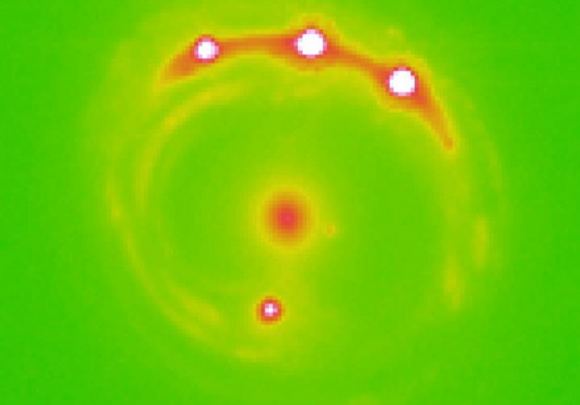
As Xinyu Dai explained in a recent University of Oklahoma press release:
“We are very excited about this discovery. This is the first time anyone has discovered planets outside our galaxy. These small planets are the best candidate for the signature we observed in this study using the microlensing technique. We analyzed the high frequency of the signature by modeling the data to determine the mass.”
While 53 planets have been discovered within the Milky Way galaxy using the Microlensing technique, this is the first time that planets have been observed in other galaxies. Much like the first confirmed discovery of an extra-solar planet, scientists were not even certain planets existed in other galaxies prior to this study. This discovery has therefore brought the study of planets beyond our Solar System to a whole new level!
And as Eduardo Guerras indicated, the discovery was possible thanks to improvements made in both modelling and instrumentation in recent years:
“This is an example of how powerful the techniques of analysis of extragalactic microlensing can be. This galaxy is located 3.8 billion light years away, and there is not the slightest chance of observing these planets directly, not even with the best telescope one can imagine in a science fiction scenario. However, we are able to study them, unveil their presence and even have an idea of their masses. This is very cool science.”
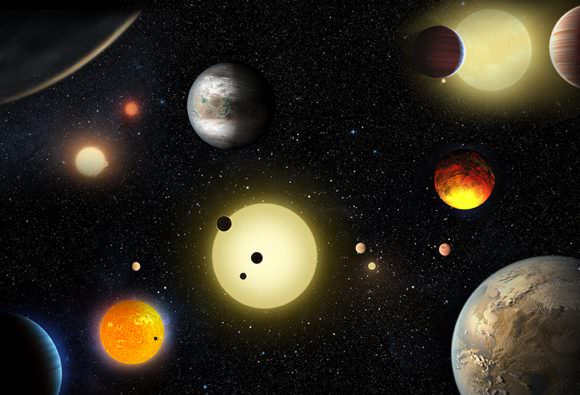
In the coming years, more sophisticated observatories will be available, which will allow for even more in the way of discoveries. These include space-based instruments like the James Webb Space Telescope (which is scheduled to launch in Spring of 2019) and ground-based observatories like the ESO’s OverWhelmingly Large (OWL) Telescope, the Very Large Telescope (VLT), the Extremely Large Telescope (ELT), and the Colossus Telescope.
At this juncture, the odds are good that some of these discoveries will be in neighboring galaxies. Perhaps then we can begin to determine just how common planets are in our Universe. At present, it is estimated that could be as many as 100 billion planets in the Milky Way Galaxy alone! But with an estimated 1 to 2 trillion galaxies in the Universe… well, you do the math!
Further Reading: University of Oklahoma, The Astrophysical Journal Letters

